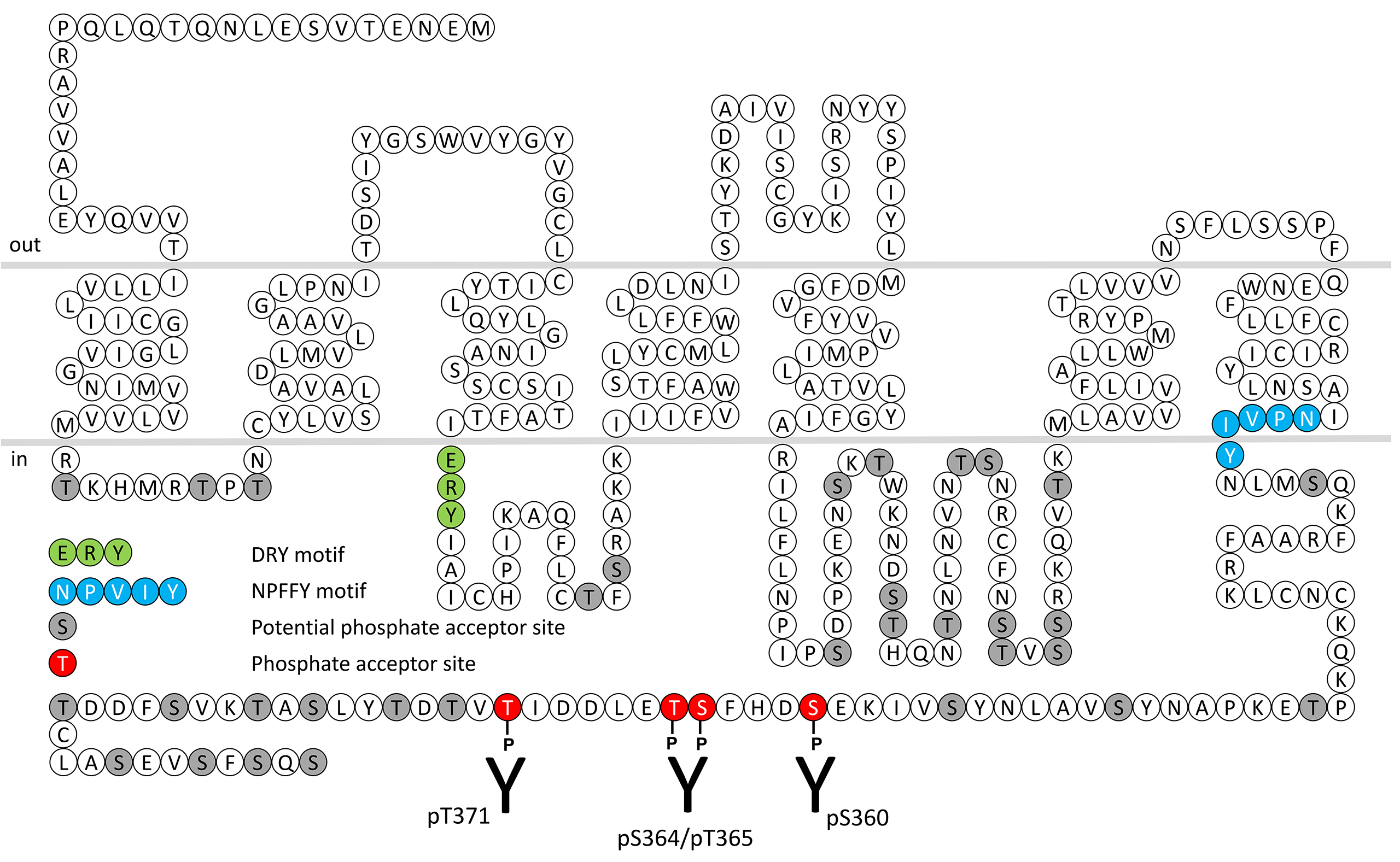No results were found for the filter!
NEW
 pS360-TRH1 (phospho-Thyrotropin-Releasing...
pS360-TRH1 (phospho-Thyrotropin-Releasing... Serine360 (S360) is a major phosphorylation site of the TRH1 receptor. The pS360-TRH1 antibody detects phosphorylation in response to high- and low-efficacy agonists but not after PKC activation. S360 phosphorylation is primarily...
$ 375.00 *
NEW
 pS364/pT365-TRH1 (phospho-Thyrotropin-Releasing...
pS364/pT365-TRH1 (phospho-Thyrotropin-Releasing... Serine364/Threonine365 (S364/T365) is a major phosphorylation site of the TRH1 receptor. The pS364/pT365-TRH1 antibody detects phosphorylation in response to high- and low-efficacy agonists but not after PKC activation. S364/T365...
$ 375.00 *
NEW
 pT371-TRH1 (phospho-Thyrotropin-Releasing...
pT371-TRH1 (phospho-Thyrotropin-Releasing... Threonine371 (T371) is a major phosphorylation site of the TRH1 receptor. The pT371-TRH1 antibody detects phosphorylation in response to high- and low-efficacy agonists but not after PKC activation. T371 phosphorylation is primarily...
$ 375.00 *
Recently viewed


